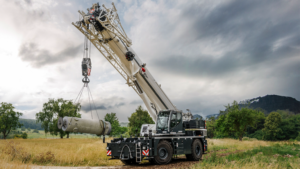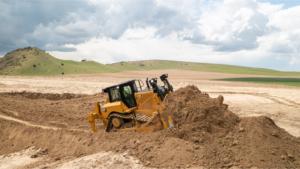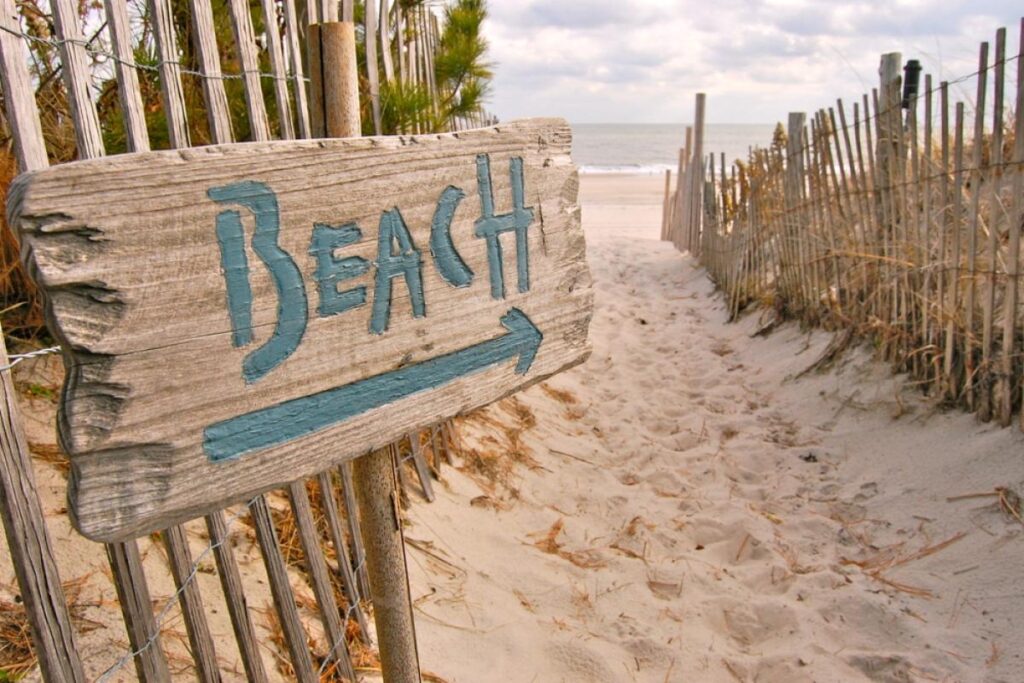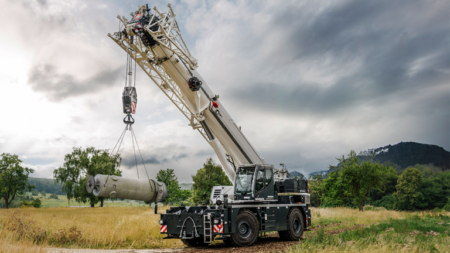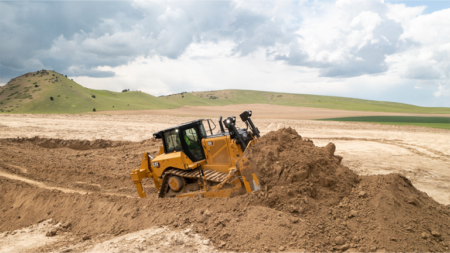Shutterstock photo
Crews are just a few weeks into building a massive project in Myrtle Beach, S.C., that will send stormwater far into the Atlantic Ocean while improving drainage at a key municipal beach access point.
The $40 million venture to build the city’s 24th Avenue deep water ocean outfall is being paid for with nearly $37 million in state aid. Once complete, an 84-in.-diameter pipe will extend 1,500 ft. into the ocean.
“Ocean outfalls and stormwater pipes are important because they filter sediment, improve water quality, and help catch trash before runoff water reaches the ocean,” city officials noted on the Myrtle Beach municipal website. “Once built, the ocean outfall will replace 11 stormwater pipes currently on the beach.”
A laydown yard for construction has been created between Withers Drive and North Ocean Boulevard, meaning that the 24th Avenue North beach access point will be closed through early 2026.
Crews began the project by building a trestle underwater earlier this summer before commencing work Sept. 10 on the beach itself, the city said. Construction will continue to take place from 7 a.m. until 5:30 p.m. Monday through Saturday.
Among the key upcoming dates for the project are:
- Oct. 1, when the first piles are scheduled to be installed for the beginning of construction on the trestle.
- Nov. 15, the date that the first junction box construction gets under way.
- Dec. 9, the beginning of coffer cell work.
- Dec. 30, the date that excavation starts.
- Jan. 13, 2025, when the 84-in. concrete pipe is installed.
A crane is set to use the trestle to excavate the ocean floor and install the outfall’s large, concrete pipe, according to the Sun News.
“The term ‘stormwater’ describes rainfall that flows across impervious surfaces and into drainage structures,” Myrtle Beach’s Director of Public Information Meredith Denari told the publication via email. “Ultimately, rainfall travels either to the Atlantic Ocean or the Atlantic Intracoastal Waterway.”
She added that in 2018, the U.S. Environmental Protection Agency recognized the City of Myrtle Beach as part of the EPA’s program to celebrate innovation in clean water infrastructure.
Since the late 1990s, Myrtle Beach has invested more than $75 million in stormwater management work, including four existing deepwater outfalls at 25th Avenue South., 4th Avenue North, 14th Avenue North and 53rd Avenue North.
Documents from the South Carolina Department of Health and Environmental Control (SCDHEC) show that two years ago, the City of Myrtle Beach signed a grant agreement document with the state agency for $30 million for the Myrtle Beach Ocean Outfall Project.
Denari said that the accepted bid for the construction project was $42.6 million.
The Sun News reported that the project should be completed by April 2025.
Similar North Myrtle Project Nears the Finish Line
A few miles away, the city of North Myrtle Beach also is wrapping up work on its own ocean outfalls.
The latest effort is part of routine storm drain maintenance and new ocean outfall construction along that stretch of northeastern South Carolina’s Grand Strand coastline. The project began over the July Fourth holiday weekend.
The Sun News said the city has been inspecting and cleaning its outfalls, something North Myrtle Beach does every five years.
“While inspecting and cleaning, if deficiencies are found, they are repaired immediately by a diver,” the city noted in a recent statement.
The goal of North Myrtle Beach’s stormwater outfall program is to remove drainage pipes from the active beach. Relic drainage from South Carolina Department of Transportation roads currently discharges directly onto the beach.
By moving the discharge further offshore, the city said it is helping prevent beach erosion and maintain healthy water quality in the swimming zones.
Additionally, stormwater discharge into deeper water has been proven through rigorous water quality monitoring to reduce near-shore bacteria levels.
The North Myrtle Beach effort also reduces pollutants, the potential for swimmer illness, inland flooding, and damage to the Federal Beach Renourishment Project, as well as boosts safety on the public beach.
Read the full article here


